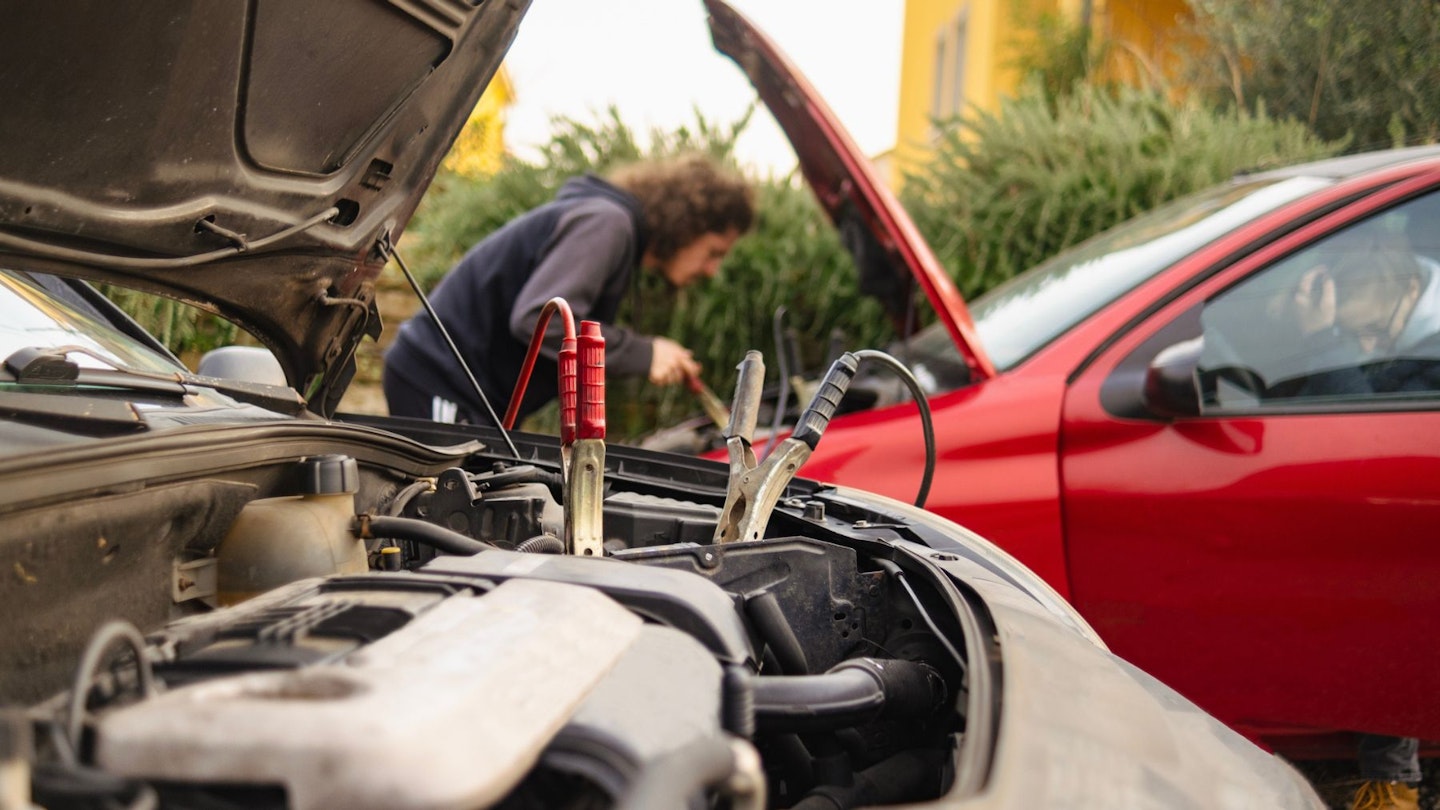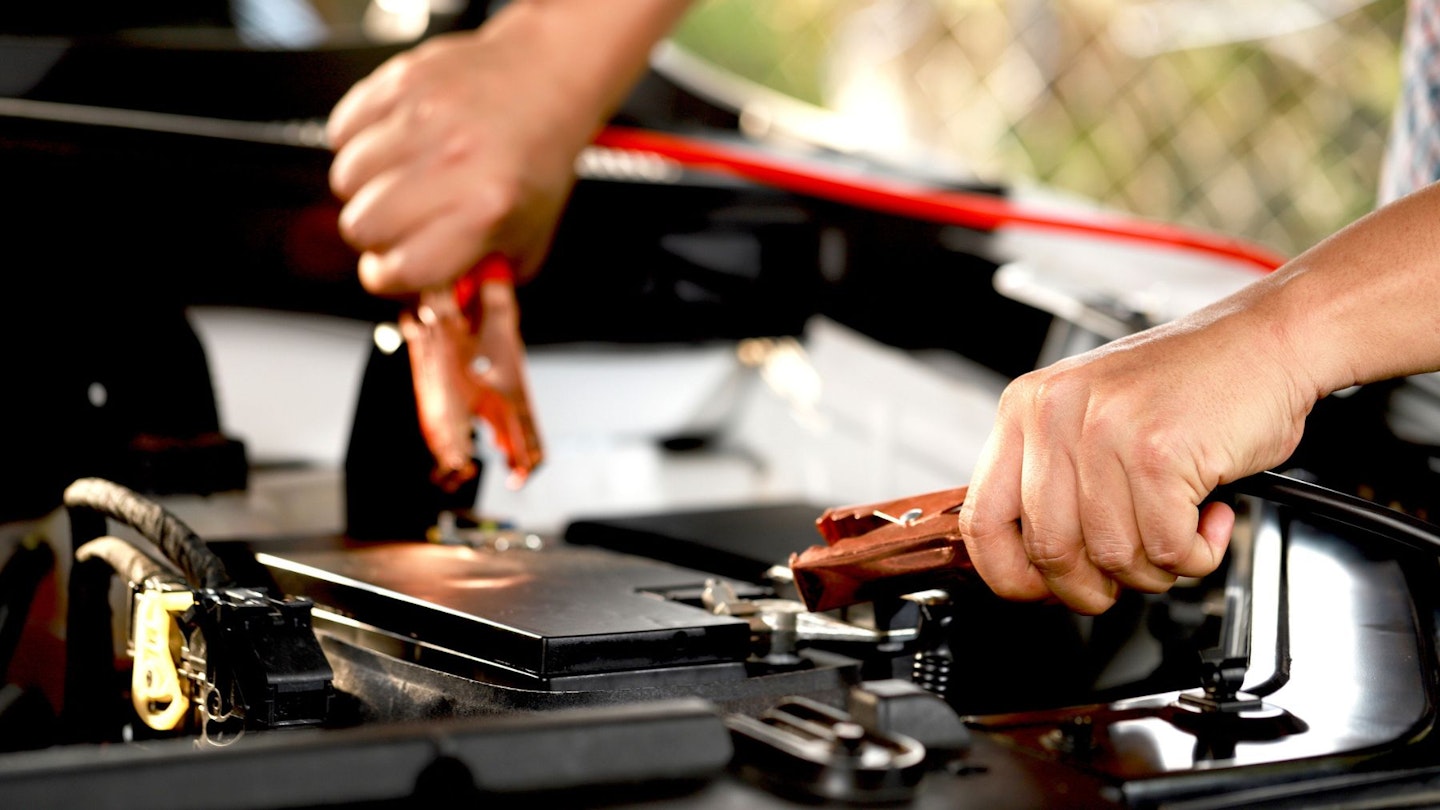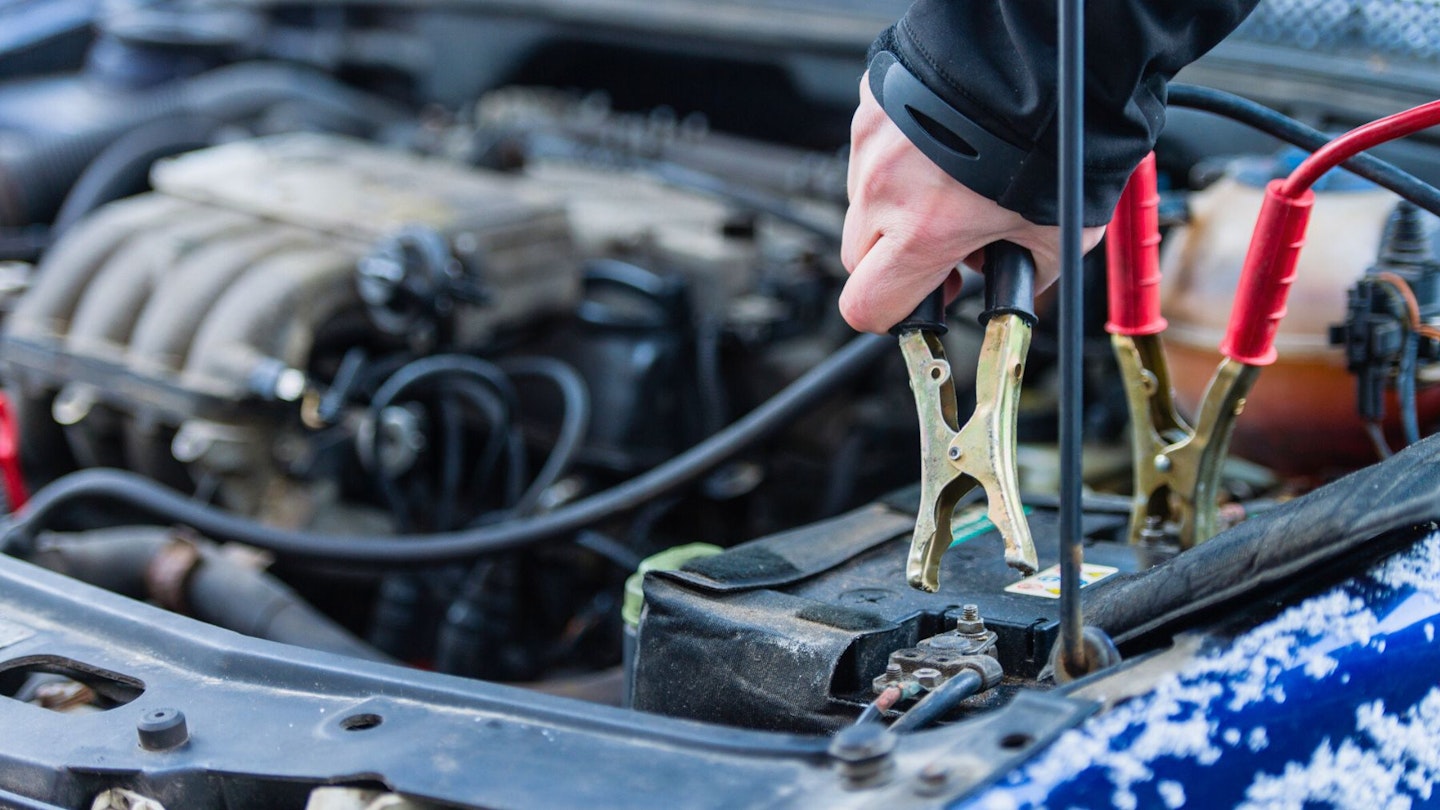You can liken jump starting a car with jump leads to when someone gives you a hand when getting back up. It's an automotive equivalent of giving a hand when someone has fallen over, and there's something so wholesome about it. You can of course, do your best to prevent such a situation from happening by using a car battery charger. But car batteries go flat, and you may need to break out the jump leads at any stage.
In short, jump leads take a bit of electrical current from a healthy battery and burst a dead one into life. You have to connect them to both car batteries and take a great deal of care to make sure you don't harm yourself or the vehicles.
Occasionally, you may find yourself in a situation where you encounter a car with a dead battery. Not even the best trickle charger can help in most of these situations, and you realise you can help because you have a set of jump leads on you. Having that ability to help out may make someone's day and enrich you as a nicer person.
So, how do you jump start a car with jump leads? Read on to follow our step-by-step guide and our tips of how to deal with and prevent such a situation at home or while away.
How to jump start a car with jump leads
Step 1: Check your surroundings
Make sure the area you plan to jump start the car is safe enough to line up both vehicles together. A car park is fine, but don't try any dangerous manoeuvres on the side of a busy road.
Step 2: park both cars as close together as possible

In order for the best chance of the jump leads reaching both batteries, make sure both cars are as close as possible. Ensure you know where the battery locations are on both cars. That way, you can park up accordingly. Most will house the battery under the bonnet, but some cars even have them mounted under the floor within the cabin.
Keep both engines off, keys out of the ignition, and the handbrakes on.
Step 3: Connect the positive terminals
Next, grab the positive lead - this will be the red one - and start by connecting one end to the working battery's positive terminal. Afterwards, connect the other end of that jump lead to the dead positive terminal.
Step 4: Connect the negative terminals
Next, take the black jump lead which denotes the negative lead, and connect one end to the negative terminal of the working battery. Instead of connecting the other end to the dead battery's terminal point, you must connect it to a decent earth point.
A solid metal part of the engine is usually best. It just has to be well away from the dead battery and the fuel system.
Step 5: Start the working car's engine
Once the jump leads are set up, leave them for a few minutes. After the wait, start up the working car's engine and allow it to run for around a minute.
Step 6: Start the dead car's engine
Next, start up the car with the flat battery and allow both cars to run for around ten minutes. Leaving them to idle should be enough.
Step 7: Disconnect the jump leads
After the ten-minute idle, both engines are turned off, and the jump leads are disconnected. Begin by disconnecting the negative lead from the dead battery and good battery (in that order) before disconnecting the positive lead from the dead battery to the good battery. You're doing the process in reverse to how you connected them.

Step 8: Restart the dead car
Finally, start up the car which had the dead battery and see if the engine fires up. It shouldn't be dead by this point, and if it works, leave it to run for a couple of minutes. This is to allow a bit of time for the alternator to give more charge into the battery - effectively restoring things back to normal.
However, if the car doesn't start after a few attempts. This indicates a more serious issue than a dead battery. Depending on your situation, you should either call for help or arrange to get the car to be safely recovered.
Things to avoid when jump starting a car with jump leads
Not following the connecting/disconnecting procedure is risky in itself. You can either shock yourself and/or damage the batteries if there is an incorrect voltage being jumped. And don't, whatever you do, allow the cables to touch - especially when connected to the battery. This can cause short-circuiting, which is never nice. Even though things like smart battery chargers are safer to use when conditioning your battery at home, you should always follow the connecting/disconnecting stages as per the instructions, too.
Follow the timing instructions carefully and don't turn off the working car too soon. Time is required to allow the dead battery to charge, and cutting off the working engine too soon simply won't allow enough charge for the other car to start. Even with a budget battery charger, you need to give it time to charge the battery because it simply doesn't happen instantly.
Though, it's quite self-explanatory when working under the bonnet of a car, take care with dangling things, such as hair, scarves, ties, or hoodie strings. We don't want to imagine scenes if they were to get caught in an engine belt. And avoid wearing any metal jewellery or metal items such as watches if you can.
You should also take care in the rain as well. Though you should be adequately covered with the two cars' bonnets, you should take care not to get the jump leads wet. Similarly, if you want to employ a solar powered battery charger, it's important to keep the main points away from where rain might land.
Aaron Hussain is a commercial content writer at Bauer Media writing for Parkers and CAR. He is obsessed with classic cars and anything with a fascinating story to tell.
